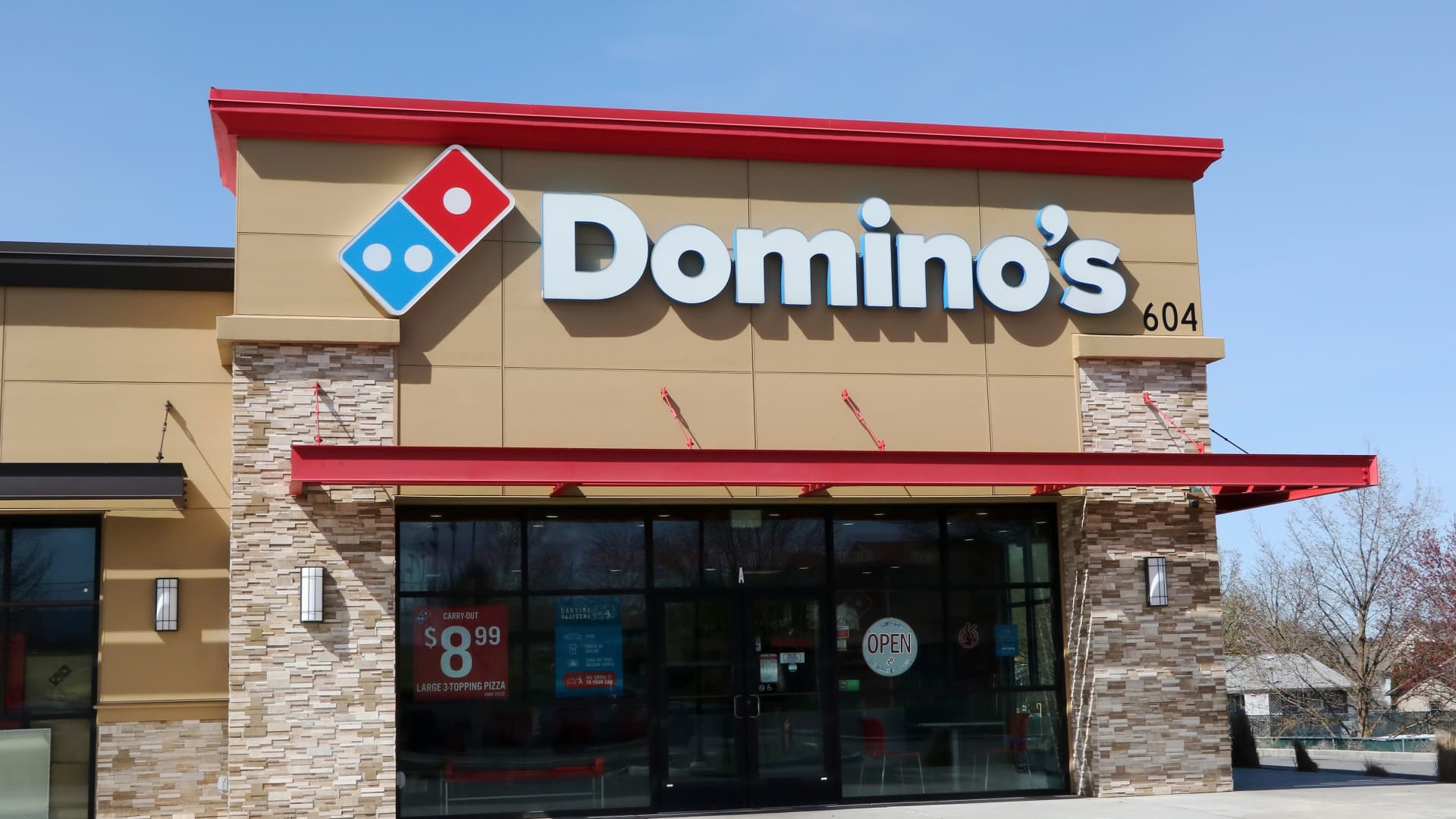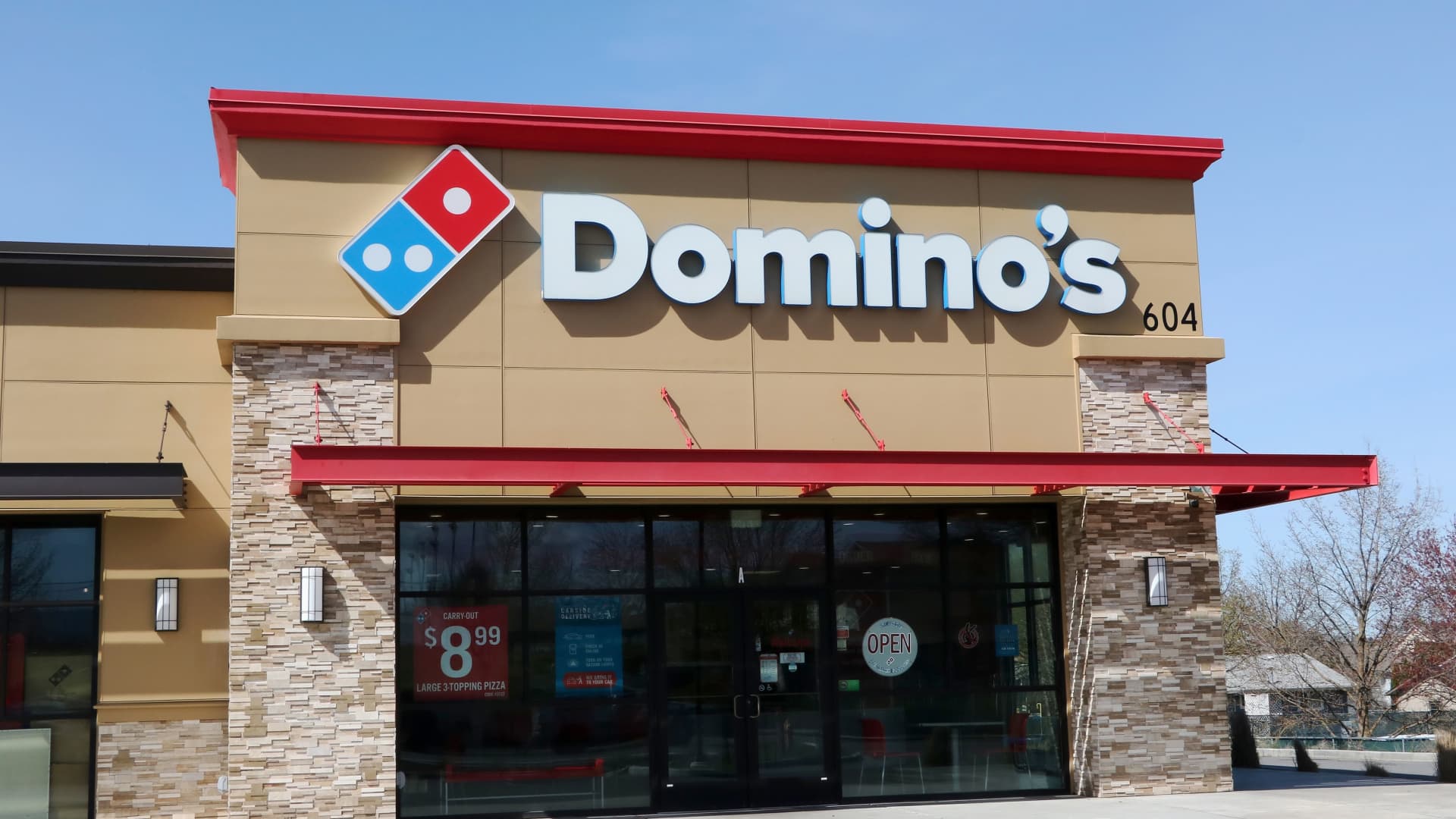The Art of the Pivot: How Domino’s Reinvented Itself and Conquered the Pizza Kingdom
A Bold Admission: The Turning Point
In the late 2000s, Domino’s Pizza was at a crossroads. The brand, once a staple of American fast food, was facing a crisis of perception. Customers openly criticized the pizza’s taste, with complaints ranging from bland toppings to a cardboard-like crust. Market share was slipping, and the company’s future seemed uncertain. Rather than ignoring the criticism, Domino’s took a radical approach: it publicly acknowledged its flaws.
In 2009, Domino’s launched a marketing campaign that featured real customer feedback, unfiltered and unapologetic. Commercials showed people reading aloud negative reviews of the pizza, such as “Domino’s pizza is like cardboard” and “I don’t like Domino’s pizza.” This wasn’t just an apology; it was a declaration of intent. Domino’s promised to change, and it did so with unprecedented transparency. This bold admission was the first step in a remarkable turnaround that would redefine the brand and the pizza industry itself.
The Reinvention: A New Recipe for Success
Domino’s didn’t just tweak its recipe—it completely overhauled it. The company invested millions in research and development, testing new ingredients, experimenting with different crusts, and conducting extensive taste tests. The result was a pizza that was significantly better in terms of taste, texture, and overall quality. The new recipe included a garlic-butter seasoning on the crust, a new tomato sauce, and a blend of cheeses that enhanced the flavor.
But the changes didn’t stop at the product. Domino’s also revamped its branding, introducing a new logo and a fresh marketing campaign that emphasized the company’s commitment to quality. The slogan “You Got 30 Minutes” was replaced with “Oh Yes We Did,” a nod to the company’s transformation and its newfound confidence in its product.
This reinvention was more than just a product upgrade; it was a cultural shift. Domino’s embraced a philosophy of continuous improvement, actively seeking feedback from customers and employees alike. This willingness to listen and adapt proved to be a game-changer, allowing the company to stay ahead of the curve in an increasingly competitive market.
The Digital Revolution: Technology as a Competitive Edge
While improving its core product was crucial, Domino’s recognized that technology would be key to its long-term success. The company invested heavily in building a robust digital infrastructure, making it easier than ever for customers to order pizza online and through mobile apps.
Domino’s was one of the first pizza chains to embrace online ordering, and it has continued to innovate in this area. The company introduced features like the Pizza Tracker, which allowed customers to follow their order’s progress from preparation to delivery. This transparency not only improved the customer experience but also built trust and loyalty.
Domino’s also made it possible to order via text message, Twitter, and even smartwatches, demonstrating its commitment to convenience and innovation. This focus on technology provided Domino’s with valuable data, allowing the company to personalize its marketing efforts and offer targeted promotions. This data-driven approach helped Domino’s to increase sales and build a more engaged customer base.
The Franchise Model: A Win-Win Strategy
Domino’s success is also due in part to its franchise model. With approximately 98% of its stores being franchised, Domino’s benefits from a network of motivated and invested owner-operators. Franchisees are responsible for managing their local stores and ensuring customer satisfaction, while Domino’s provides them with the brand recognition, training, and support they need to succeed.
This model is a win-win for both Domino’s and its franchisees. Domino’s benefits from rapid expansion without having to invest heavily in capital expenditures. Franchisees, in turn, have the opportunity to own and operate their own business with the backing of a well-established brand. This decentralized approach allows Domino’s to maintain a strong presence in local markets while leveraging the entrepreneurial spirit of its franchisees.
Value Proposition: Making Pizza Accessible
In recent years, Domino’s has focused on offering value to its customers, particularly those in lower-income brackets. The company has introduced a variety of promotions and deals designed to make its pizza more affordable. This strategy has proven to be successful, as Domino’s has been able to increase its market share by attracting budget-conscious consumers.
Domino’s also focuses on carryout deals, incentivizing customers to pick up their own orders by offering discounts or even “tips” for doing so. This strategy helps Domino’s avoid the costs associated with delivery, allowing them to offer lower prices to customers who are willing to pick up their orders. By making pizza more accessible, Domino’s has been able to appeal to a broader range of customers, further solidifying its position in the market.
Navigating the Competitive Landscape
The pizza industry is highly competitive, with numerous national and regional chains vying for market share. Domino’s faces competition from established players like Pizza Hut and Papa John’s, as well as from a growing number of independent pizzerias. To stay ahead of the curve, Domino’s must continue to innovate and adapt to changing consumer preferences.
This includes investing in new technologies, developing new menu items, and finding new ways to offer value to its customers. Domino’s is also focused on expanding its presence in international markets. The company currently has stores in over 90 countries, and it sees significant growth potential in emerging markets. By staying agile and responsive to market trends, Domino’s has been able to maintain its competitive edge.
Challenges and Opportunities: The Road Ahead
Despite its success, Domino’s faces a number of challenges. One of the biggest challenges is the rising cost of labor and ingredients. These costs can put pressure on Domino’s profit margins and make it more difficult to offer competitive prices. Another challenge is the increasing popularity of third-party delivery services. While Domino’s has resisted using these services, some consumers prefer the convenience of ordering from a variety of restaurants through a single app. Domino’s needs to find a way to compete with these services without sacrificing its own delivery infrastructure.
Despite these challenges, Domino’s also has a number of opportunities. The company can continue to expand its presence in international markets, develop new menu items that appeal to a wider range of customers, and leverage technology to improve the customer experience. Domino’s success with digital ordering and customer data provides a strong foundation for future growth. By analyzing customer data, Domino’s can personalize its marketing efforts, optimize its menu offerings, and improve its overall operations.
The Recipe for Success: More Than Just Pizza
Domino’s journey from pizza pariah to market leader is a testament to the power of innovation, adaptation, and a relentless focus on the customer. By acknowledging its shortcomings, revamping its product, embracing technology, and offering value, Domino’s has been able to reinvent itself and conquer the pizza kingdom.
Domino’s story is a reminder that even the most established brands can benefit from a willingness to challenge the status quo and embrace change. It’s a story of how a company, once on the brink of irrelevance, can rise to become a global powerhouse by listening to its customers, investing in its people, and never losing sight of its core values. The brand’s success extends beyond just making pizzas; it lies in understanding and catering to the evolving needs of its customers, a strategy that continues to fuel its dominance in the competitive fast-food landscape.












